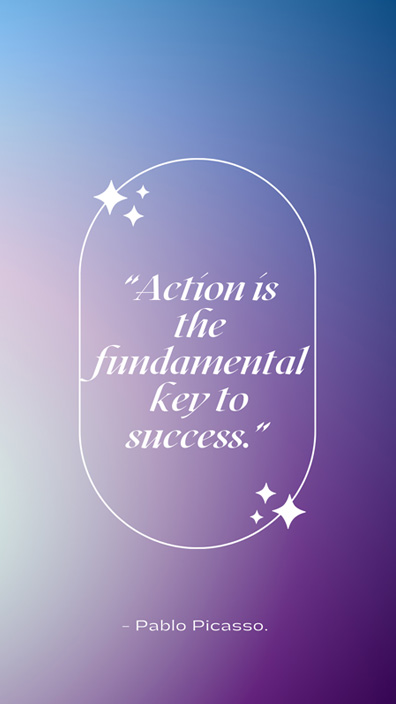3 main obstacles + 4 tips in choosing a career for students
Not only is society becoming more competitive, the workforce is also evolving at a rapid pace because of technological advancements.
Yet there are still many students who are uncertain about how to reach the next level as they head into university and get out into the “real world”.
Career planning involves many critical decisions that allow students to create successful futures for themselves. It’s ideal for students to begin this process early to ensure there is enough time to gain the requirements and experience for their chosen path.
Many students choose to avoid making decisions about their future because of challenges they encounter along the way. Gati, Krausz, and Osipow (1996) proposed a model that organizes the difficulties students face when career planning.
The difficulties that arise before the career planning process are all caused by a lack of readiness. These include an absence of motivation to undertake this process, indecisiveness with regard to any type of decision-making, and irrational beliefs such as expecting that there is only one ideal career for each individual.

Next, during the planning process itself, many students struggle due to the lack of information. For example, students may find that they are lost in terms of the next steps in the decision-making process, or that they do not have sufficient information about themselves. Other challenges include not being aware of alternative options for occupations or how to obtain more information.
Finally, difficulties arise because of inconsistent information, which can be caused by unreliable sources, internal conflicts within the individual, and external conflicts due to the influence of others.
While most education systems provide students with the knowledge used in different careers, there is often a lack of guidance and information on how to overcome these obstacles.
At this point, students may begin to explore the career-planning process on their own. An article published by the State University of New York at Fredonia provides a detailed explanation for students on successful career planning.
Here’s what to consider for high school students.
- Begin by exploring different aspects of yourself such as strengths, interests, and values. These characteristics help students find careers that are suitable for them.
- Take time to explore possible careers. This can be done through reading about careers, networking with others in a specific field, doing internships or applied learning, and enrolling in courses that are related to the field of knowledge used in a specific occupation.
- Target a specific career based on eliminating choices that are unrealistic or unsuitable, as well as considering the outcomes of different choices.
- Prepare for your chosen career by working towards educational and experiential requirements. This may seem overwhelming at first but working towards such a substantial objective requires taking small steps at a time. An efficient way to do this is to set long-term and short-term goals that are specific to the qualifications required for a certain occupation.
Finally, having the right guidance plays a significant role in determining whether students are able to successfully plan for their future careers, or fail to prepare adequately.
In a study done by Duncan et al. (2018), the results convey that there is a relationship between different leadership styles and career readiness.
The three styles of leadership are transformational leadership, transactional leadership, and passive-avoidant leadership. Transformational leaders inspire others, encourage cohesion between individuals in a group, and create positive changes in their followers. Transactional leaders have clear expectations of their followers, are focused on achieving goals, and give rewards and punishments to their followers based on performance. Passive-avoidant leaders show an absence of leadership and only play their role when problems have already arisen.
Among these, transformational leadership showed to have the most positive relationship with career readiness, while passive-avoidant leadership showed to have a negative correlation with career readiness.
Career planning is one of the most important parts of a student’s high school years. Thinking ahead and starting to take action means students can have more opportunities to gain rewarding experiences in the future.
Written by: Emma Yuan (Article Researcher and Writer, Campus Ambassador) and Top Class Edge
Sources:
Gati, Itamar, and Noa Saka. “High School Students’ Career-Related Decision-Making Difficulties.” Journal of Counseling & Development, vol. 79, no. 3, 2001, pp. 331–340., https://doi.org/10.1002/j.1556-6676.2001.tb01978.x.
“Successful Career Planning.” Successful Career Planning | Fredonia.edu, https://www.fredonia.edu/student-life/career-development-office/c-c1.
Villarreal, Sofia, et al. “Leadership Styles Predict Career Readiness in Early College High-School Students.” Psychology in the Schools, vol. 55, no. 5, 21 Mar. 2018, pp. 476–489., https://doi.org/10.1002/pits.22131.
